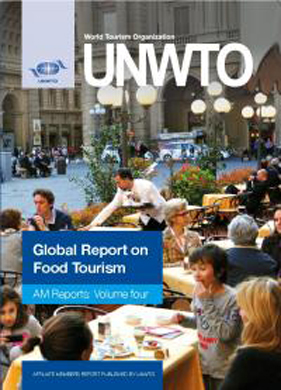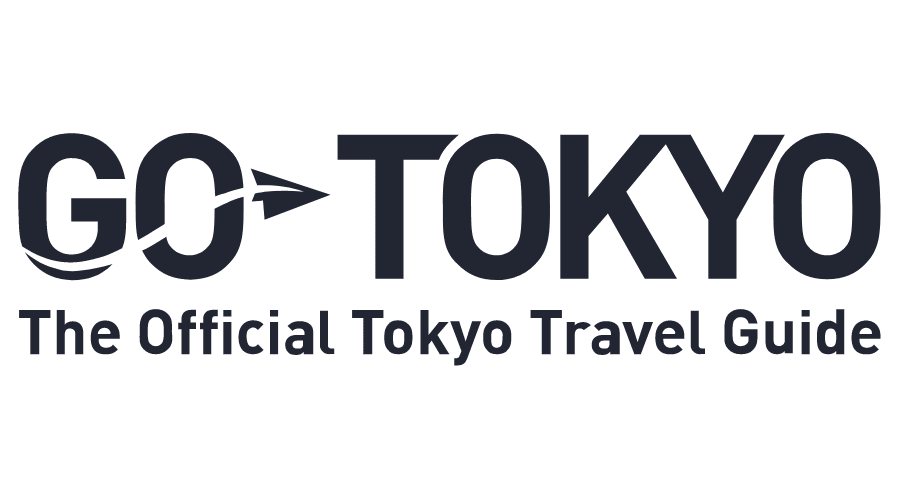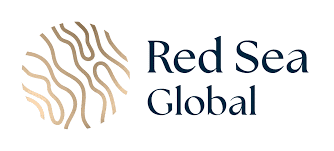Real food and real tourism

Key to the development of sustainable tourism is the development of real food.
There are a number of organizations that are involved in promoting this concept, we showcase just two of them
Although there are many local manifestations of food and tourism – there is only one that is now globally-based, with the potential to attract tourism to local destinations – the Slow Food Movement
Slow Food first began as a small Italian association in 1986 in Bra, Italy. Led by Carlo Petrini, Slow Food was created in response to the increasing industrialization of food and standardizing of taste.
Carlo saw that with the rise of fast food, thousands of food varieties and food traditions were disappearing, and that people were losing the connection between the plate and the planet.
He wanted to reach out to consumers and to demonstrate that they had choices over fast food and supermarket homogenization. He rallied his friends and his community, and began to speak out at every opportunity about the effects of a fast culture.
Soon after, Petrini realized that in order to keep those alternative food choices alive, it was imperative for an eco-gastronomic movement to exist — one that was ecologically minded and concerned with sustainability, and one that acknowledged the connection between the plate and the planet.
With preservation of taste at the forefront, he sought to support and protect small growers and artisanal producers, support and protect the physical environment, and promote biodiversity.
Slow Food began with the founding of its forerunner organization, Arcigola, in 1986 to resist the opening of a McDonald’s near the Spanish Steps in Rome. In 1989, the founding Manifesto of the international Slow Food movement was signed in Paris, France by delegates from 15 countries. This was done in part to protest against the restaurant chain, but primarily to protest against big international business interests.
The Slow Food organization spawned by the movement has expanded to include over 100,000 members with chapters in over 150 countries. A total of 800 local convivia chapters exist, 360 of which are in Italy. The organizational structure is decentralized: each convivium has a leader who is responsible for promoting local artisans, local farmers, and local flavors through regional events such as Taste Workshops, wine tastings, and farmers’ markets.
Numerous publications are put out by the organization, in several languages. In the US, the Snail is the quarterly of choice, while Slow Food puts out literature in several other European nations. Recent efforts at publicity include the world’s largest food and wine fair, the Salone del Gusto in Turin, a biennial cheese fair in Bra called Cheese, the Genoan fish festival called SlowFish, and Turin’s Terra Madre ("Mother Earth") world meeting of food communities.
A more local organization is Tasting Spain which is focused on showcasing the culinary tourism offer of initially 22 tourism destinations throughout Spain.
Tasting Spain is a co-operation of four organizations with the aim of promoting gastronomic tourism to destinations in Spain. It has already had significant success.
Fehr, the Spanish Federation of Hospitality & The Spanish Association of Destinations for the Promotion of Culinary Tourism & Euro-Toques, the European Organization of Chefs, formed by the continent’s most prestigious professional chefs & Facyre, the Spanish Cooks and Confectioners Association have come together to promote the following themes:
Culinary itineraries
The main objective of the programmes is to allow visitors to get to know destinations through short stays, bringing together places of relatively close proximity and creating synergies between them.
They also aim to integrate culinary resources with the tourism services of various areas or places of interest, related to common elements or themes which have a unique selling point: manufacturers, products, businesses, events or the combination of several of these elements.
Culinary Events
These involve meeting points of a wide variety of formats that all have the same thing in common: gastronomy and dining. These include: national holiday celebrations, competitions, events, workshops, congresses, debates, demonstrations, fairs, forums, expositions or the combination of several of the above.
Gastronomic Companies
These include establishments in the catering sector that are dedicated to offering food and drink services. Catering businesses with independent kitchens and dining areas that are dedicated to serving food and drink through a menu of dishes and beverages, for their immediate consumption on the premises. Gastronomic companies often can be divided into subgroups, such as bars, tapas bars, cafeÌs, taverns, etc.
Producers and gastronomic products
This category includes those that work (that cultivate, harvest,) elaborate, transform and handle raw materials to generate gastronomic products that go on to be used in kitchens or sold directly to consumers.
The result of which has high added value:
Planted with authenticity and destined to provide experiences, to generate an alternative gastronomic product with its own unique features from basic raw materials or simple elaboration.
So, at least a couple of major organizations recognize the value of food and tourism to local economies, and last year the UNWTO took the helm to promote food tourism along the Silk Road Food can power tourism growth along the Silk Road
Valere Tjolle
See amazing new 2012 sustainable tourism report offer HERE
 United Kingdom
United Kingdom United States
United States Asia Pacific
Asia Pacific












































Dozens fall ill in P&O Cruises ship outbreak
Turkish Airlines flight in emergency landing after pilot dies
Boy falls to death on cruise ship
Unexpected wave rocks cruise ship
Storm Lilian travel chaos as bank holiday flights cancelled